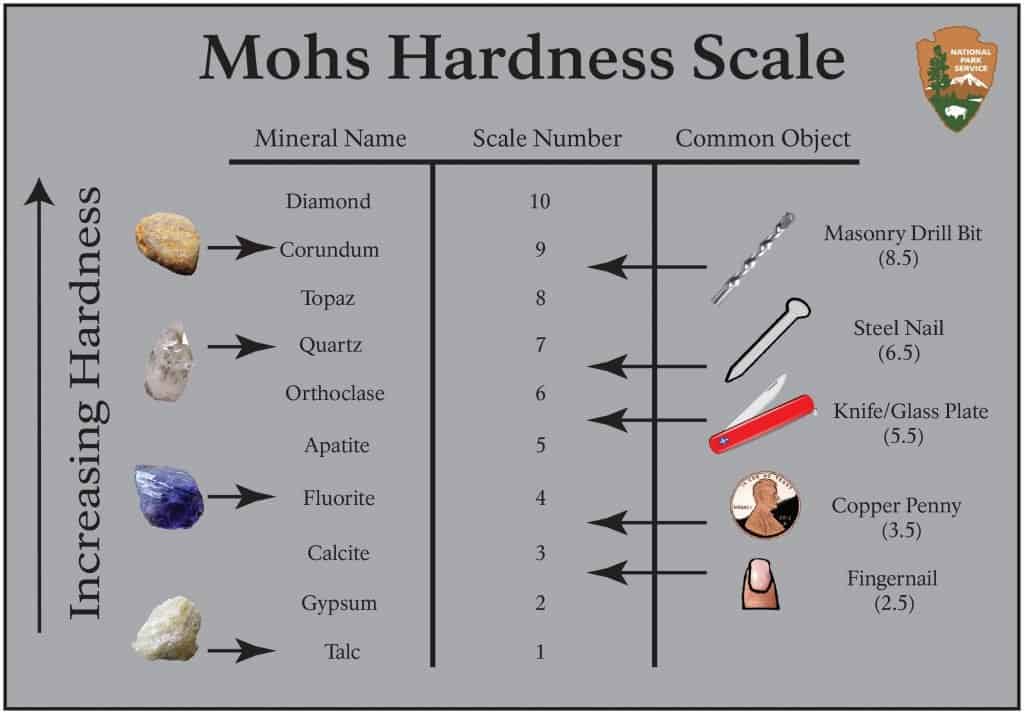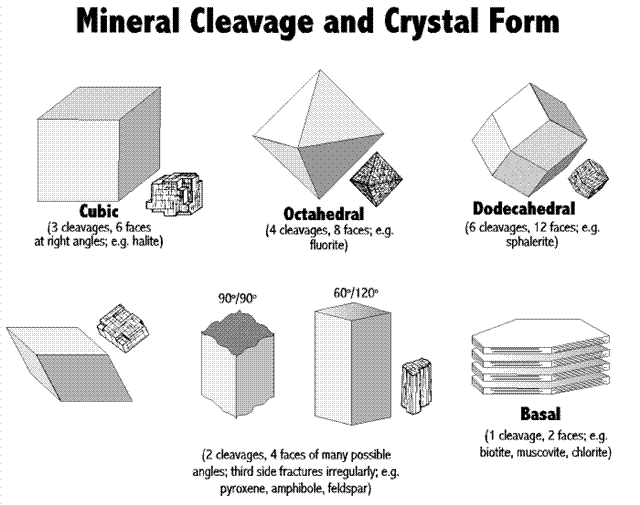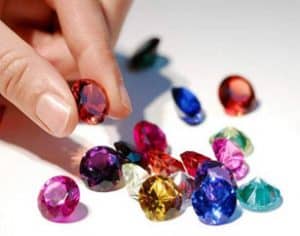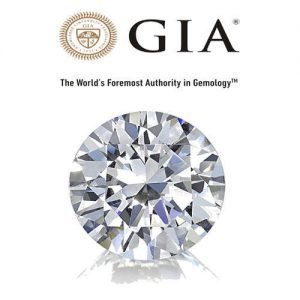- Zola vs The Knot: Which Registry is Better Today? - December 8, 2023
- Zola vs Amazon Registry: Which Has the Edge in 2024? - November 30, 2023
- Angara vs Blue Nile: I Like Both, for Different Purchases - May 26, 2023
While searching for your engagement or wedding ring, you will hear many terms that determine the quality and value of certain stones – one of these terms is the Mohs Hardness Scale, or the Stone Hardness Scale. The Stone Hardness scale was created in 1822 by a mineralogist named Friedrich Mohs and, despite the time that has passed between now and then, is still largely used today.

Surface Durability According to the Stone Hardness Scale
The Mohs Hardness scale measures the hardness, or surface durability, of a stone – that is, it is the determining guide to knowing what can be scratched by what. In creating the Mohs Hardness Scale, Friedrich Mohs used ten reference minerals to create a ten tier table identifying which mineral can be scratched by which. Friedrich Mohs used trial and error until eventually determining the placement of each mineral. According to the Mohs hardness scale, a mineral can’t be scratched by a mineral falling at a lower number than it on the hardness scale. Referencing the table below this text, a diamond (10) can’t be scratched by any other mineral on the scale (1-9). Though much more extensive today, the Mohs hardness scale is still the determining factor in the surface durability, and value, of any given gemstone.

Overall Durability
Although the hardness of a stone is a contributing factor to the overall durability of a gemstone, the two should not be mistaken to be conclusive of one another. In fact, there are numerous contributing factors that determine the overall durability of a gemstone: cleavage, stability/resistance
Cleavage:
A gemstones cleavage refers to the stones ability to break cleanly along a line – much like wood! A gemstone can have perfect, excellent, distinct, good, poor or no cleavage. For a stone cutter, a stones cleavage proves to be problematic because the more cleavage a stone has, the more easily it can split if hit hard enough in the right spot.

A diamond, having a hardness level of 10, also has excellent cleavage. Compare that against a ruby, with a hardness level of 9 but with no cleavage. Do you see the difference? A ruby can’t scratch the ruby because it has a higher hardness level, but it is more durable because, unlike a diamond, it can’t split as a result of one hard and perfectly placed blow.
Stability/Resistance
In an attempt to go off a scientific deep-end, this is going to be worded very vaguely: all gemstones have different chemical components, different chemicals react differently to outside stimuli, all gemstones react differently to outside stimuli. The way gemstones react to outside stimuli is known as the gemstones stability.
One outside stimuli is heat – placing a gemstone with even poor cleavage in an uncharacteristically hot environment can enlarge the cleavage and, worst case scenario, cause the stone to crack – this is otherwise known as thermal shock. Gemstones with high cleavage are more susceptible to thermal shock, but ones with poor cleavage certainly aren’t immune to it.

The stability of a gemstone is also determined to its resistance to sunlight. This is a two-fold element – exposure to sunlight can alter the color of some gemstones, such as topaz, but can also damage the enamel of others, such as pearl.
The list of factors that determine the stability of a gemstone is extensive and it is imperative to research your desired stone before you buy, but for the intents and purposes of this article, what you should know is that the more resistance a gemstone has to outside stimuli, the more stability it has, and the higher its overall durability.
KEY NOTE: Keep in mind when shopping for a stone is to determine whether or not the stone in question has undergone enhancements. Most gemstones undergo some sort of enhancement before they hit the shelves of a jeweler – in most cases; gemstones that are sellable without enhancements are extremely rare and expensive. There is nothing wrong with proper enhancements that, you guessed it, enhance the appearance of a stone!
However, some enhancements have the opposite effect on the stability of a stone and actually deteriorate it. Resin, for example, is a common enhancement used to fill imperfections of a stone – no matter how resistance the stone may be itself, it will lose stability due to the special care it needs to sustain its appearance as a result of the resin, and therefore, the overall durability depreciates.
Key Points Regarding the Stone Hardness Scale
- Overall durability is determined by a stones hardness, toughness and stability.
- A stone’s stability is how it reacts to outside stimuli and can be altered through the use of enhancements.
- A stone’s toughness is determined by its cleavage and the ease with which it can be broken by one hard blow to the right part.
- The hardness of a gemstone is determined by its placement on the Mohs Hardness Scale.
- The Mohs Hardness Scale measures the surface durability of a gemstone, but the surface durability is only a single element of overall durability
- A gemstone on the Mohs Hardness Scale cannot be scratched by a mineral that is at a lower number than itself.
- Quartz falls at a 7 on the Mohs Hardness scale and is an abundant mineral used in many household items – as a result, if you plan to wear your ring daily, consider adorning it with a stone that is at least at the same level on the scale.
And as always:
1. If your ideal stone is a diamond, deal only with reputable jewelers that will provide GIA certification.

2. If you’re buying a used or antique diamond studded ring, don’t listen to number one. The IGA hasn’t been around forever and diamonds have. Instead, in the instances of antique or used diamonds, ask for a certificate of authenticity or professional appraisal of the diamond you’re buying.
3. If a colored, or colorless, gemstone is you’re thing, we’re into it. Check out our extensive gemstone directory for ways to ensure you are purchasing the best quality authentic gemstone for your ring.
4. It never hurts to get a second opinion – if you’re confident in your purchase, this isn’t necessary, but if you’re like us and like play it safe, take your purchase to a professional jeweler or gemologist for a second opinion as to the quality of your stone.
5. You’re getting married! This should be the most rewarding and enjoyable experience in your life to date – while we absolutely promote the idea that knowledge is important, and that you should be well informed, we also want you to remember not to lose sight of your excitement and joy, so go on, go shopping for your engagement or wedding ring and don’t forget to have fun with it!